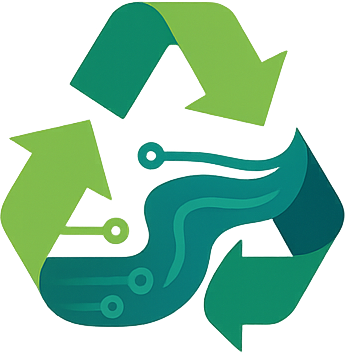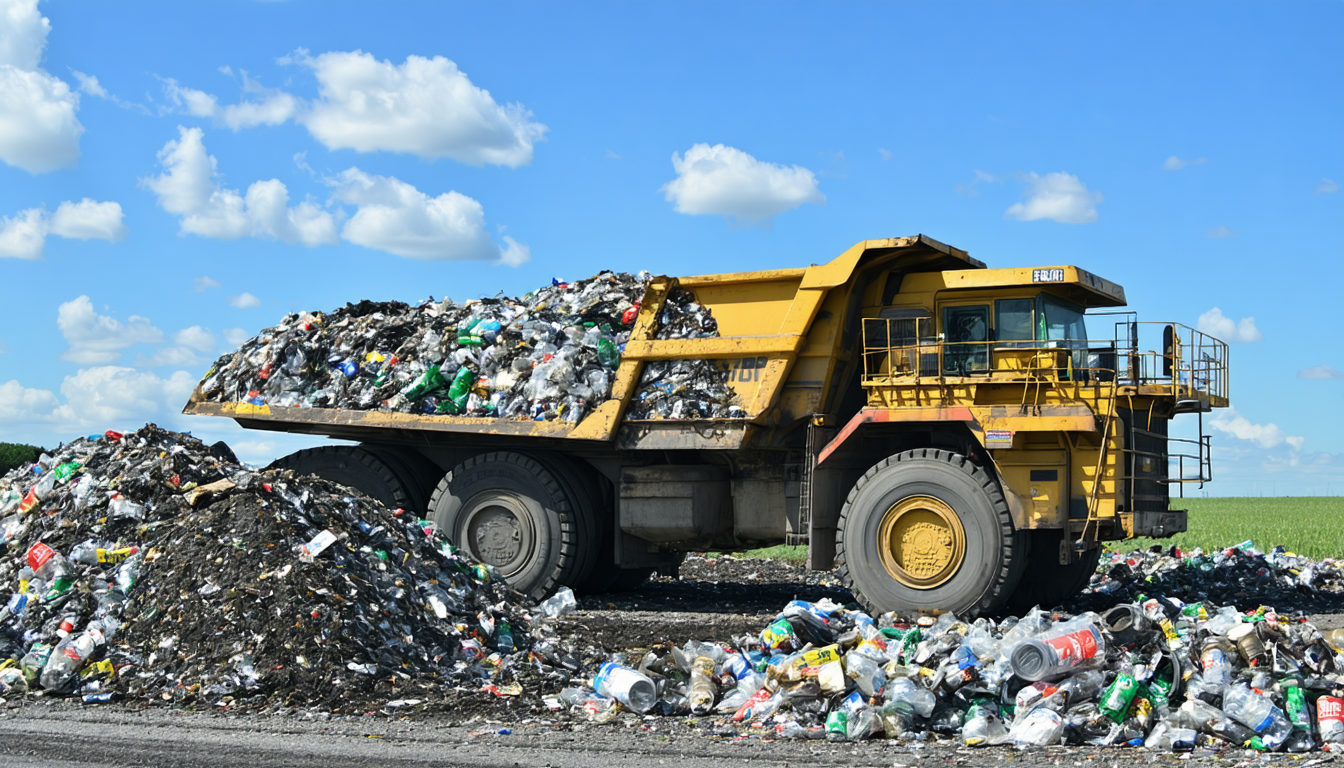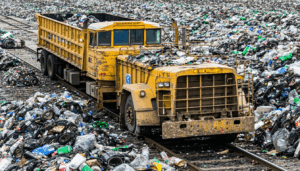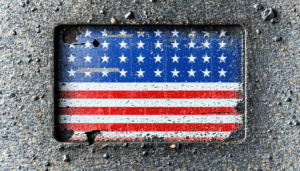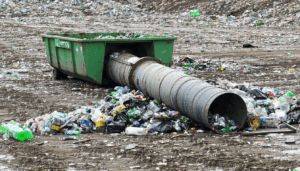In the United States, hazardous waste disposal companies are at the forefront of environmental protection, managing toxic materials that pose significant risks to public health and ecosystems. As industrial activities grow and regulations tighten, these firms are navigating a complex landscape of compliance, innovation, and public scrutiny. This article explores the latest developments in the sector, including regulatory updates, technological advancements, and their broader impact on communities and industries. With mounting pressure to balance safety and sustainability, what lies ahead for this critical industry?
Evolving Regulations for Hazardous Waste Disposal Companies
The U.S. Environmental Protection Agency (EPA) has recently introduced stricter guidelines for hazardous waste management, aiming to curb improper disposal and reduce environmental contamination. In 2023, the EPA reported that over 23 million tons of hazardous waste were generated nationwide, with industries like manufacturing and healthcare as primary contributors. These new rules mandate enhanced tracking systems and shorter storage times for toxic materials, directly impacting how disposal companies operate.
For many firms, compliance means significant investment in infrastructure and training. Smaller companies, in particular, face financial strain to meet these standards. According to Dr. Emily Harper, an environmental policy expert at the University of California, “The tightened regulations are necessary to protect our environment, but they place a heavy burden on smaller players who lack the resources of larger corporations.”
Technological Innovations Driving Change
Amid regulatory challenges, hazardous waste disposal companies are turning to technology to improve efficiency and safety. Advanced waste-to-energy systems and chemical neutralization processes are gaining traction, reducing the volume of waste sent to landfills. For instance, a 2022 study by the National Waste & Recycling Association highlighted that 15% of U.S. disposal firms have adopted automated sorting technologies to better segregate hazardous materials.
These innovations not only enhance operational efficiency but also lower long-term costs. However, the upfront investment remains a barrier for some. Industry leaders argue that federal grants or tax incentives could accelerate the adoption of such technologies across the sector.
Impact on Communities and Industries
The role of hazardous waste disposal companies extends beyond mere waste management; it directly affects local communities and industrial stakeholders. Improper handling can lead to disasters, such as chemical leaks or groundwater contamination, which have been documented in states like Texas and California over the past decade. The EPA estimates that over 1,500 Superfund sites—areas heavily contaminated by hazardous waste—still require cleanup, underscoring the urgency of effective disposal practices.
For industries reliant on these services, such as pharmaceuticals and oil refining, rising disposal costs due to stricter regulations could impact profit margins. Meanwhile, communities near disposal facilities often express concerns about health risks, pushing for greater transparency from companies about their operations.
Future Outlook: Balancing Safety and Sustainability
Looking ahead, the hazardous waste disposal industry in the U.S. faces a dual challenge: meeting stringent environmental standards while maintaining economic viability. Experts predict that mergers and acquisitions may increase as smaller firms struggle to keep up with costs, potentially consolidating the market. Additionally, public demand for sustainable practices could drive further innovation in recycling and waste reduction techniques.
On the flip side, some industry critics warn that overregulation might stifle growth or push companies to cut corners, risking safety. A balanced approach—combining robust oversight with support for innovation—appears essential to address these concerns. As Dr. Harper notes, “Collaboration between regulators, companies, and communities will be key to ensuring both environmental protection and industry resilience.”
In conclusion, hazardous waste disposal companies in the U.S. are navigating a pivotal moment marked by regulatory shifts, technological progress, and societal expectations. Their ability to adapt will determine not only their survival but also the safety of the environment and public health. As challenges mount, the industry’s response will shape the future of waste management for years to come.
Frequently Asked Questions (FAQ)
-
What are hazardous waste disposal companies?
These are specialized firms that manage, transport, treat, and dispose of toxic materials like chemicals, medical waste, and industrial byproducts in compliance with federal and state laws. -
Why are regulations tightening for these companies?
Stricter rules aim to prevent environmental contamination and protect public health after incidents of improper waste handling led to pollution in several U.S. regions. -
How do technological advancements help the industry?
Innovations like waste-to-energy systems and automated sorting reduce landfill use, improve safety, and lower costs over time for hazardous waste disposal companies. -
What can communities do to ensure safe waste disposal?
Residents can advocate for transparency from local facilities, participate in public hearings on waste management policies, and support recycling initiatives to minimize hazardous waste generation.
This comprehensive overview highlights the critical role of hazardous waste disposal companies while addressing current trends and future possibilities in a rapidly evolving field.

